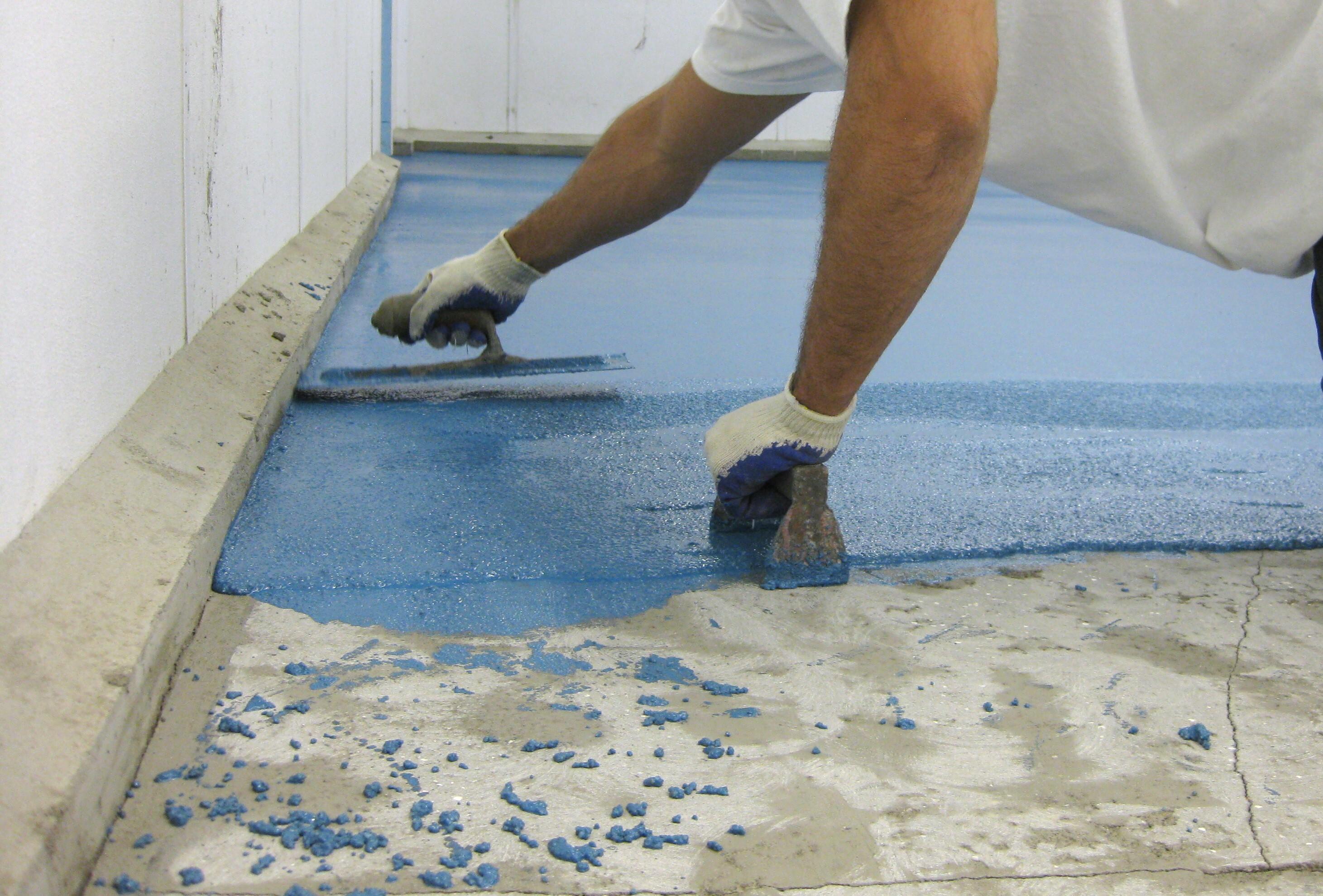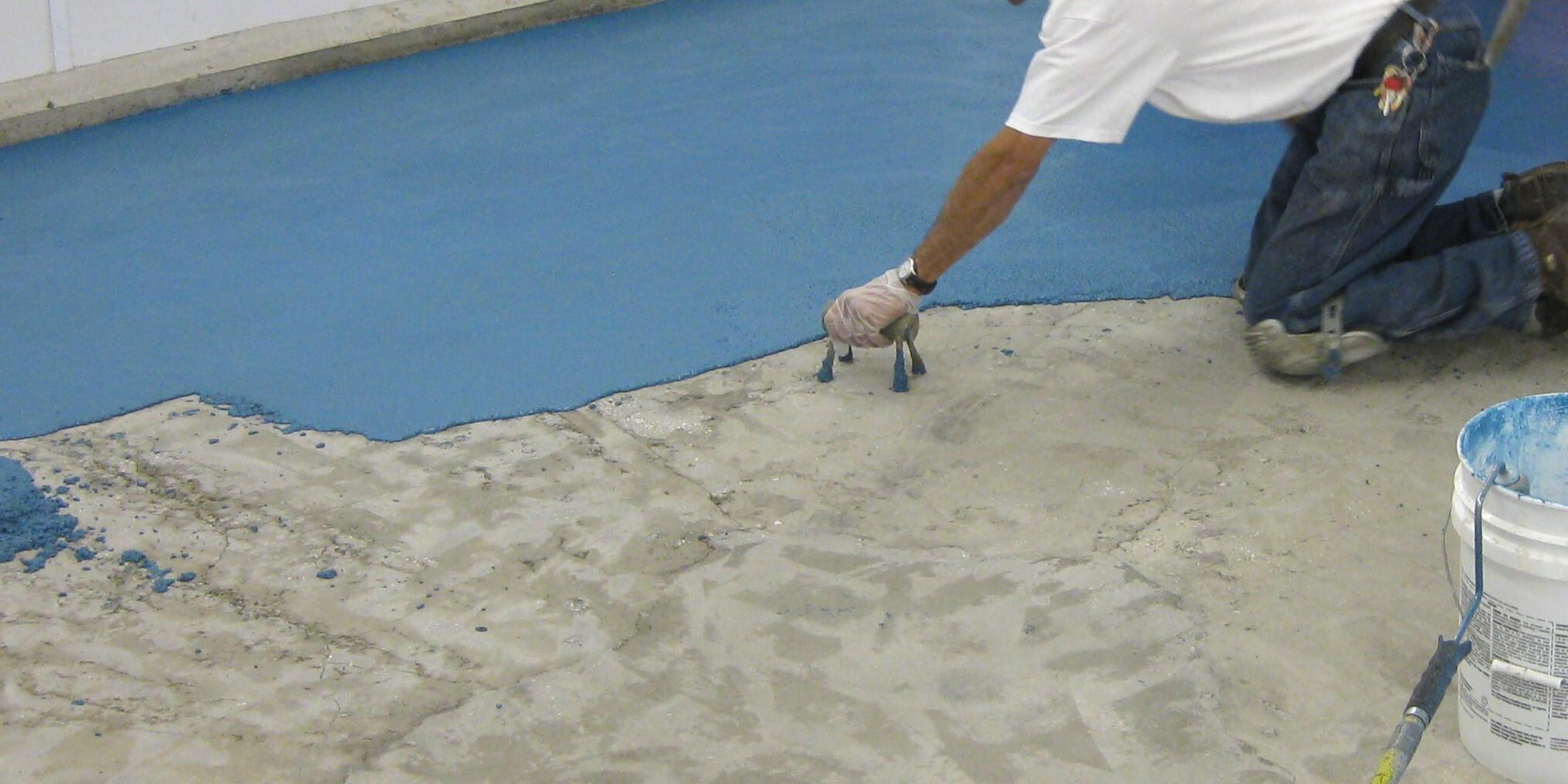Urethane Cement for Food Manufacturing Facility
In a recent project at a fish processing facility, the concrete production room floor underwent a significant transformation. The existing floor, previously slick and slippery, was resurfaced with a custom blue urethane cement, enhancing both safety and aesthetics. The chosen product, Garon’s MORTARTHANE™ HF, is a urethane cement floor resurfacer known for its durability and quick curing time.
Why Choose Urethane Cement for Floor Resurfacing?
Urethane cement offers several advantages over traditional epoxy coatings:
- Fast Curing: Facilities can resume operations swiftly, minimizing downtime.
- Durability: Resists thermal shock, abrasion, and impact, making it ideal for high-traffic areas.
- Aesthetic Flexibility: Available in various colors to match facility branding or design preferences.
Step-by-Step Guide to Resurfacing with Mortarthane™ HF
- Surface Cleaning: Roughen the floor surface to remove contaminants and create a suitable bonding surface.
- Cove Base Application: Apply the urethane cement to cove bases to ensure seamless transitions between floor and wall.
- Main Floor Application: Spread MORTARTHANE™ HF across the entire floor area, achieving a smooth and even surface.
- Curing: Allow the floor to cure overnight.
This method ensures that the facility experiences minimal downtime, with operations resuming promptly after the weekend.



Additional Considerations
- No Primer Needed: MORTARTHANE™ HF eliminates the need for a separate primer, saving time and reducing costs.
- Customizable Colors: The product can be tailored to specific color requirements, enhancing the facility's visual appeal.
A Durable & Safe Finish
By opting for urethane cement resurfacing with MORTARTHANE™ HF, food processing facilities can achieve a durable, safe, and visually appealing floor with minimal operational disruption. Urethane cement is the best option for harsh environments.